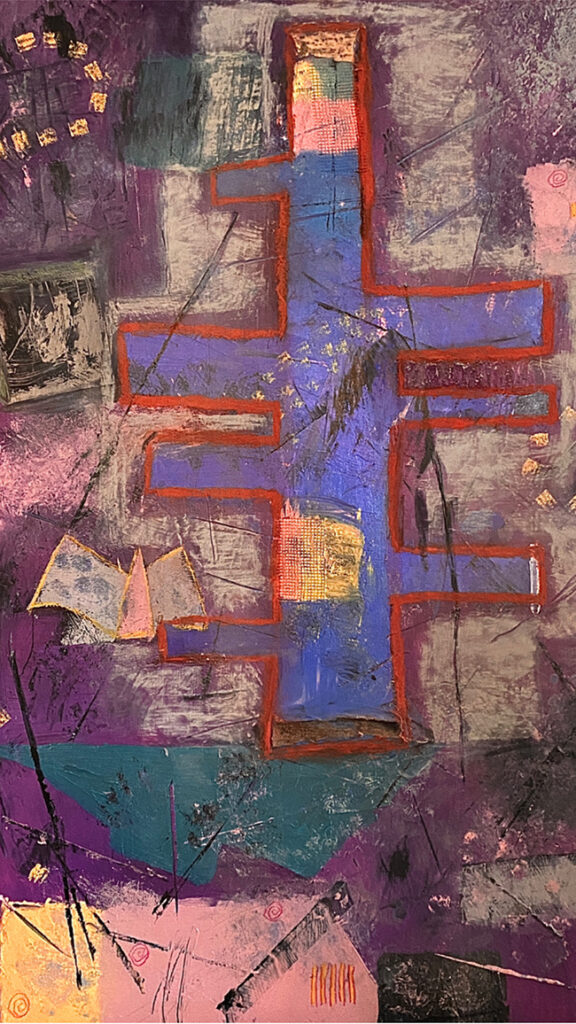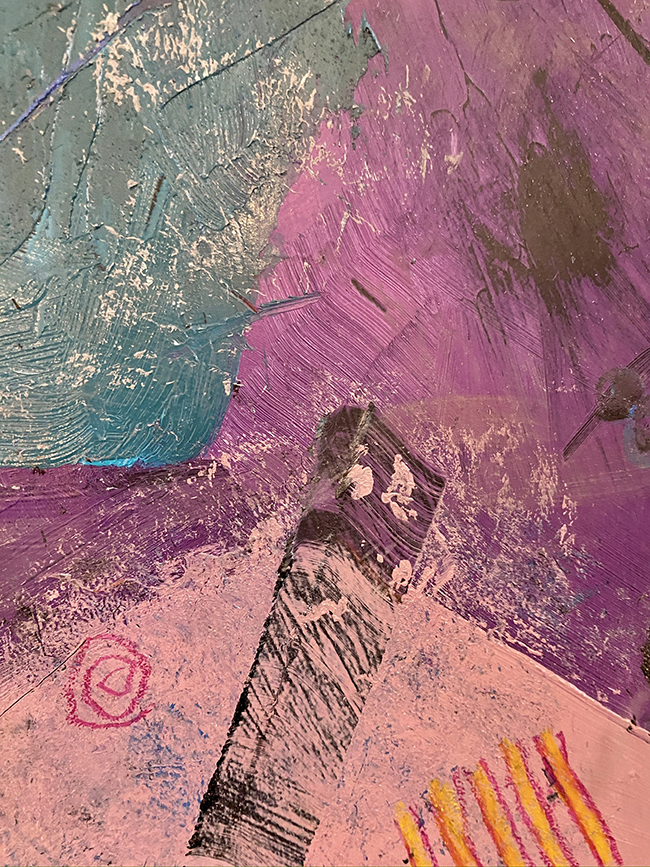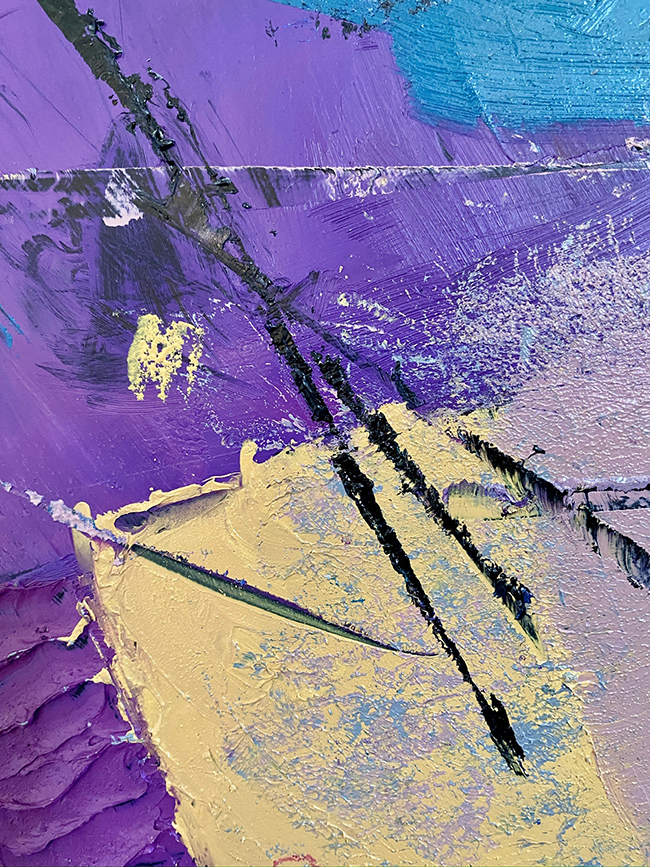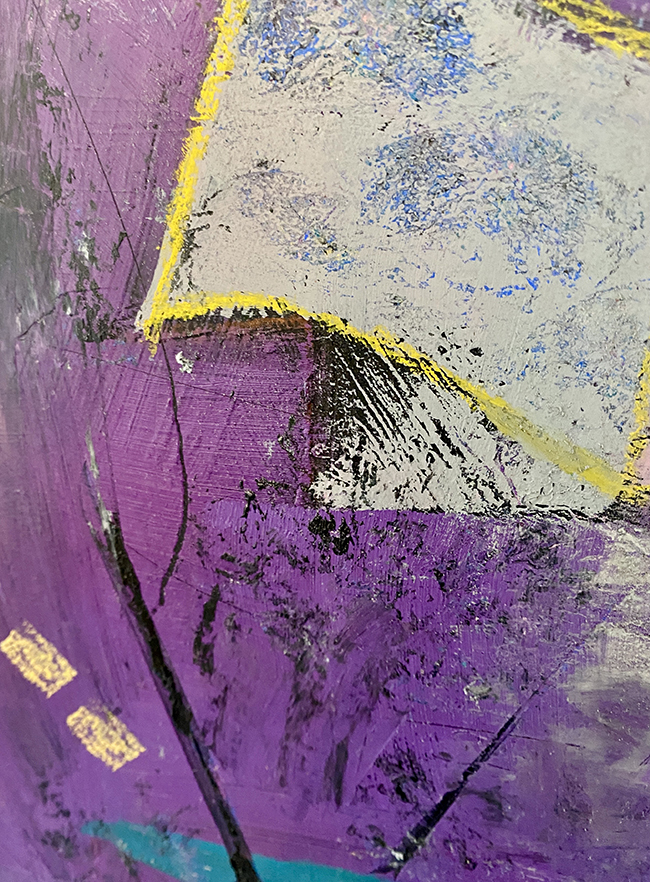In the world of art, there are painters, and then there are artists like Steff Samuels, whose work transcends mere aesthetics to touch upon pressing global issues. Steff Samuels is not just an artist; she is an abstract environmental painter with a mission. Her canvas speaks volumes about climate change, its myriad forms, and the consequences we face as a result.

Steff’s art is a clarion call for environmental awareness, a tool she wields adeptly through various platforms. Whether it’s exhibitions, written words, social media, or broadcast exposure, she ensures her message reaches far and wide. But what makes her art so compelling? It’s her unique blend of mediums and her conscious effort to keep her studio practice environmentally safe.

One of the standout features of Steff’s artistic process is her use of non-toxic water-soluble oil paint. This choice not only showcases her commitment to environmental safety but also challenges traditional notions of what art materials should be. By opting for paints that can be easily cleaned with water, she underscores the importance of sustainability in art.

But Steff’s repertoire is not limited to oil paint alone. She explores a variety of mediums, from cold wax medium and oil pastels to ink, charcoal, and acrylic mediums. Her canvas is diverse too, ranging from canvas and wood to archival paper and boards. With each piece, she employs mark-making tools and techniques that bring her abstract visions to life.

One of Steff’s most evocative works is titled “Spirit Tree.” This oil paint and mixed media piece on board measures 36”h x 24”w. Inspired by a dream she had one night, “Spirit Tree” is more than just a painting; it’s a poignant commentary on the Indigenous Peoples’ knowledge and relationship with nature.
To Steff, the “Spirit Tree” symbolizes the wisdom and lessons that Indigenous Peoples have to offer us in our quest for a harmonious coexistence with nature. However, she laments that colonialism has done the exact opposite. As Daniel Macmillen Voskoboynik eloquently puts it in his book, ‘The Memory We Could Be,’ colonialism has been “a wholesale destruction of memory.”

Colonialism, with its sanitized revisionism, has erased countless ecological traditions and ways of being with nature. This erasure has not only led to the loss of diverse ecosystems but has also marginalized the Indigenous People who nurtured them. The consequences of this subjugation are evident in the current climate crisis we find ourselves in today.
Through “Spirit Tree,” Steff Samuels urges us to confront this uncomfortable truth. She challenges us to recognize the role colonialism has played in shaping our perceptions and attitudes towards nature. More importantly, she calls upon us to learn from Indigenous Peoples and their sustainable practices, which hold the key to addressing the climate crisis.
Steff Samuels’ art is a powerful testament to the fact that art can be more than just visually appealing; it can be a catalyst for change. By focusing on climate change and its multifaceted consequences, she forces us to confront our complicity and inspires us to take action. Her work serves as a reminder that we are all stakeholders in the fight against climate change, and it is up to us to heed the lessons of the past and forge a sustainable future.
In conclusion, Steff Samuels is not just an artist painting pretty pictures; she is a visionary using her art to shine a spotlight on the pressing issues of our time. Through her abstract environmental paintings, she invites us to rethink our relationship with nature, challenge our ingrained beliefs, and take meaningful steps towards a more sustainable and equitable world.

